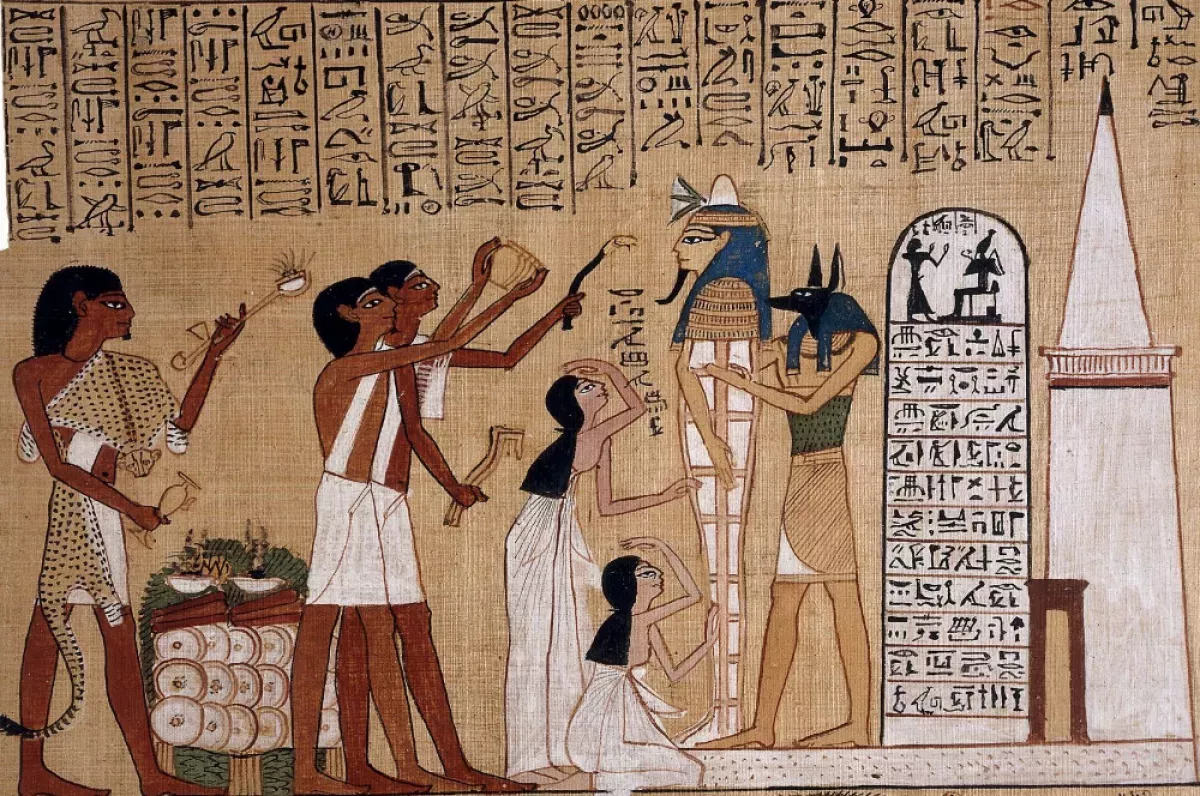A funeral is a ceremony for the final disposition of a corpse, often involving burial or cremation. It's a cultural practice with customs varying across societies and religions, encompassing beliefs and rituals to remember and respect the deceased. Funerals serve the purposes of mourning, celebrating life, and supporting the bereaved. They can also hold religious significance, aiming to guide the deceased's soul towards an afterlife or reincarnation.
1902: Cremation Act of 1902
The Cremation Act of 1902 was established in response to a case involving William Price, who cremated his son's body. This act set legal precedent for cremation, outlined procedures, and designated authorized locations for the practice.
1914: Decline of Mutes in European Funerals
The profession of "mutes," individuals hired to maintain silence and create a solemn atmosphere at funerals, declined significantly in Europe around 1914. These figures, once common, have almost entirely disappeared from modern funeral practices.
1927: Rise of "In Lieu of Flowers" in Obituaries
In 1927, only a small percentage of obituaries, specifically 6%, included the phrase "in lieu of flowers." This marked the beginning of a trend where people started suggesting alternative ways to express sympathy, with charitable contributions gaining traction.
2000: Imperial Tombs of the Qin Dynasty Added to World Heritage Sites
In 2000, three Imperial Tombs from the Qin dynasty, constructed in the 17th century, were added to the World Heritage Sites. These tombs, dedicated to emperors of the Qing dynasty and their ancestors, strictly adhere to Feng Shui principles in their design and decoration.
2001: California Enacts Native American Graves Protection Act
In 2001, California passed the California Native American Graves Protection and Repatriation Act. This act mandates state-funded agencies and museums to establish procedures for identifying and returning human remains and cultural items to appropriate tribes.
2003: Crying Ladies Film Highlights Professional Mourning
The 2003 Philippine film "Crying Ladies" brought attention to the practice of professional mourning, particularly within the Chinese-Filipino community in Manila. The film depicts the lives of women hired to mourn at funerals, a tradition believed to assist the deceased's soul in reaching heaven.
2003: Additional Imperial Tombs of the Qin Dynasty Gain World Heritage Status
Three Imperial Tombs of the Qin dynasty, constructed in the 17th century, were added to the World Heritage Sites in 2003. These tombs, dedicated to emperors of the Qing dynasty and their ancestors, strictly adhere to Feng Shui principles in their design and decoration.
2005: Establishment of the Green Burial Council
The Green Burial Council, established in 2005, is headquartered in California. This organization focuses on certifying environmentally friendly burial practices for funeral homes and cemeteries, promoting the use of sustainable materials.
2005: Rise of Alternative Cremation Practices in Japan
While cremation has been a common practice in Japan for many years, 2005 marked a period where alternative methods of handling cremains gained popularity. These included scattering ashes, space burials, and turning cremains into diamonds.
2020: Amendment to California's Native American Graves Protection Act
California's Native American Graves Protection and Repatriation Act was amended in 2020. This amendment expanded the act's reach to include tribes that were not previously recognized by the state or federal government.
2021: Discovery of Africa's Earliest Known Funeral
In 2021, researchers discovered a 78,000-year-old grave in Kenya, dating back to the Middle Stone Age. The grave contained the remains of a three-year-old child, positioned in a fetal position with their head possibly resting on a pillow, providing insights into early funeral practices.
Mentioned in this timeline
California is a U S state on the Pacific Coast...
Africa is the second-largest and second-most populous continent comprising of...
Japan is an East Asian island country situated in the...
Kenya officially the Republic of Kenya is an East African...
Trending

5 months ago Sundance Film Festival's Final Utah Edition: Egyptian Theatre Excluded, Gratitude Celebrated.

7 months ago Walker Buehler Ejected; Refsnyder Livid; Buehler, Lindor Exchange Words After Pitch

Lacey Nicole Chabert is an accomplished American actress known for her roles from a young age She began her career...

4 months ago Ketel Marte's Absence and Day Off Requests Cause Frustration Among Diamondbacks Teammates

6 months ago Juan Soto's Homer Fuels Mets Rally, Stares Down Gore in Tense Matchup.
6 months ago Egypt seeks regional stability via dialogue, rejects Israeli escalation, Sissi tells Iran.
Popular

Candace Owens is an American conservative political commentator and author...

Tucker Carlson is an American conservative political commentator known for...

XXXTentacion born Jahseh Dwayne Ricardo Onfroy was a controversial yet...

Ben Shapiro is a prominent American conservative political commentator media...

William Franklin Graham III commonly known as Franklin Graham is...

Bill Gates an American businessman and philanthropist revolutionized personal computing...
